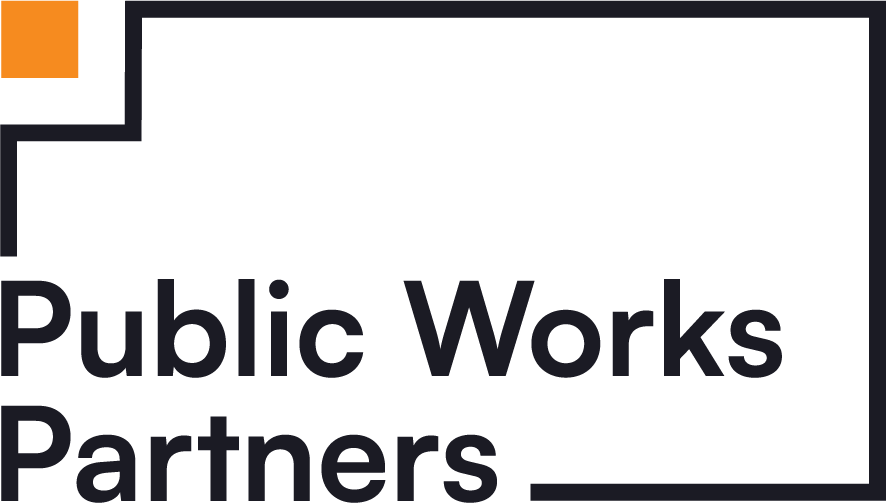Opportunities to innovate are rare within most organizations. It takes time and focus and is often not a top priority amid the daily, weekly, and quarterly pressures of keeping the business running. When the COVID-19 pandemic hit in 2020, it was a shock and a wake-up call. Previously, theoretical risks to operations, including staff workflow and supply chain management, were suddenly a reality. Deeply rooted social inequities in healthcare, housing, education, and infrastructure further compounded the crisis. Small businesses across the United States found themselves on the front lines of survival and adaptation.
Business model reset
New pressures demanded that companies revisit processes and accelerated technology adoption. The buzzword was “remote work”, but it does not capture the variation and nuance that exists by industry. In healthcare, for example, the premise of always seeing a healthcare provider in person, with the time commitment of commuting and inefficiencies of sitting in a waiting room, has been revisited. Video-conferencing tools have existed for years but were barely used pre-pandemic. A recent study by the Kaiser Family Foundation looked at the role of telehealth in responding to mental health needs during the pandemic and found an increase from 1% of outpatient visits pre-pandemic to a pandemic peak of 13%. The proof of concept for telehealth is not to replace in-person health services, but rather to be a viable service option going forward, with insurance providers making appropriate adjustments.
The pandemic highlighted for some food establishments that “business as usual” was flawed pre-pandemic. Something has to give with continued high rents, rising prices for produce, a workforce that is less interested in accepting underpaid roles, and consumers that are accustomed to low prices. Returning to the old business model is not a sustainable solution. Storefront restaurants and retail businesses were unable to fully replace revenue while remote, but building online resources enabled them to stay afloat and diversify revenue streams going forward. As customer expectations continue to change and delivery services rapidly grow, active client engagement will be critical for small businesses to differentiate themselves from large multinational organizations.
Use of Public Space
After the initial shutdowns in 2020 and with more information about the nature of COVID-19 as an airborne disease, communities around the world reconsidered the use of public space. In dense urban settings like NYC, the pandemic may have changed the public realm forever. Across the city, restaurants set up outdoor dining on the sidewalk and in the street as part of the city’s temporary open restaurant program. Bars were able to sell alcoholic beverages to-go, which offered a welcome respite for businesses and customers. These innovations presented a compliance challenge both for businesses to stay informed about changing rules and for government officials in terms of how to fairly enforce rules in an emergency environment. The fundamental question going forward is how to legislate this new use of public space. In April 2022, New York State passed the NYS Alcoholic Beverage Control Law, defining the parameters of drinks to-go for the coming years. The permanent Open Restaurant program is currently in development with broad stakeholder input to create a formal permitting process for restaurants to use the adjacent sidewalk and curbside roadway space in front of their businesses for outdoor dining.
Funding Ecosystem
Like other crises, the pandemic triggered massive public spending that led to a scaling up of services. For example, community development financial institutions (CDFIs) across the country built infrastructure to process over $34 billion in PPP loans, a staggering number and yet still only about one third of what traditional banks processed. There is an opportunity to build on the pandemic infrastructure to continue to meet the gap in demand that existed pre-pandemic. In “Scaling Community Finance to Fill a Growing Market Gap”, Beth Bafford from Calvert Impact Capital and Patrick Davis from Community Reinvestment Fund, USA stated “For small US businesses, the COVID-19 crisis was the tip of the iceberg. Beneath the surface lies a financial system that has long denied access to quality, affordable financial products to millions of Americans and thousands of communities across the country.” The California Rebuilding Foundation provides a case study for leveraging public funding and guarantees as a way to encourage more private investment and provide liquidity to CDFIs, enabling them to lend to more clients. Continued support for CDFIs will be a big component of the push for an equitable recovery and a diversified lending ecosystem.
What now?
The time to build on these structures is now. Past disasters tell a cautionary tale of assuming that there will be continued momentum for these innovations, especially as the immediate response transitions into a long-term recovery. Devastating flood damage caused by Hurricane Sandy across the Tri-State Region in 2012 led to an inflow of federal funding and was a rallying cry to address coastal resiliency. In the years following, the focus shifted to other disasters, and a response reliant on federal funding was left with a dwindling patchwork of assistance programs.
We are still experiencing the ripple effects of the COVID-19 pandemic, with high inflation and economic uncertainty. Before we move on to the next thing, we should build on the progress we’ve made. Businesses should keep their operations agile based on crisis-tested solutions, local governments should create permanent programs for the expanded use of public space, and multi-stakeholder partnerships should be solidified to ensure sustainable funding mechanisms. This will help our small businesses and communities continue to recover and be better prepared for future disruptions. We know that other disasters will happen – and in response to these challenges, more opportunities for innovation await.
[author] [author_image timthumb=’on’]https://i0.wp.com/www.publicworkspartners.com/wp-content/uploads/2022/05/BMartinezNewman-SrMgr.jpg?w=384&ssl=1[/author_image] [author_info]Benjamin is a mission-driven professional with extensive experience designing programs and services that advance the goals of government agencies and the communities they serve. In his role as Executive Director for Growth Services at the NYC Department of Small Businesses Services, Benjamin created initiatives to support small businesses across New York City, providing services focused on financial education, regulatory and legal support, and emergency preparedness and business resiliency. Benjamin has worked across the public, private and social sectors and appreciates the importance of investing in partnerships to expand impact. .[/author_info] [/author]




